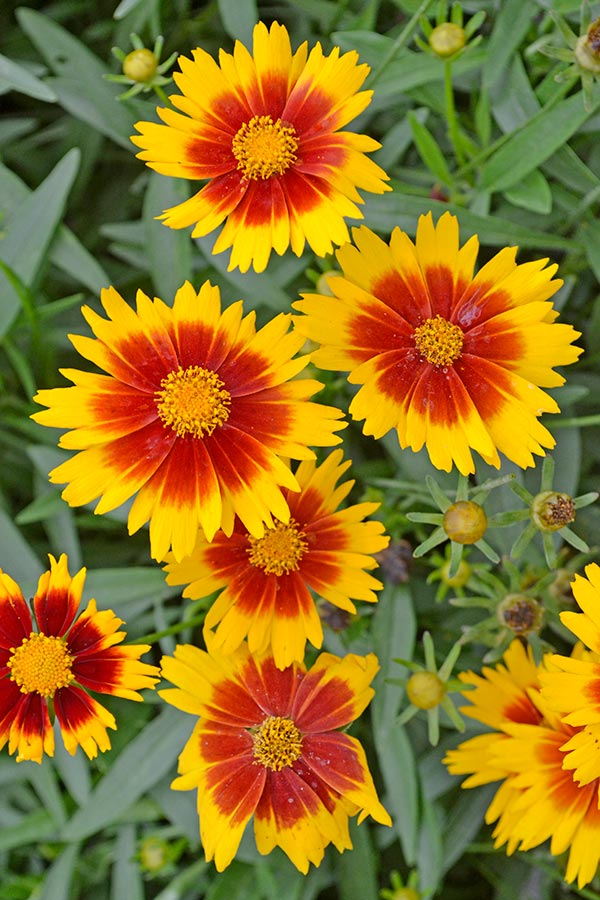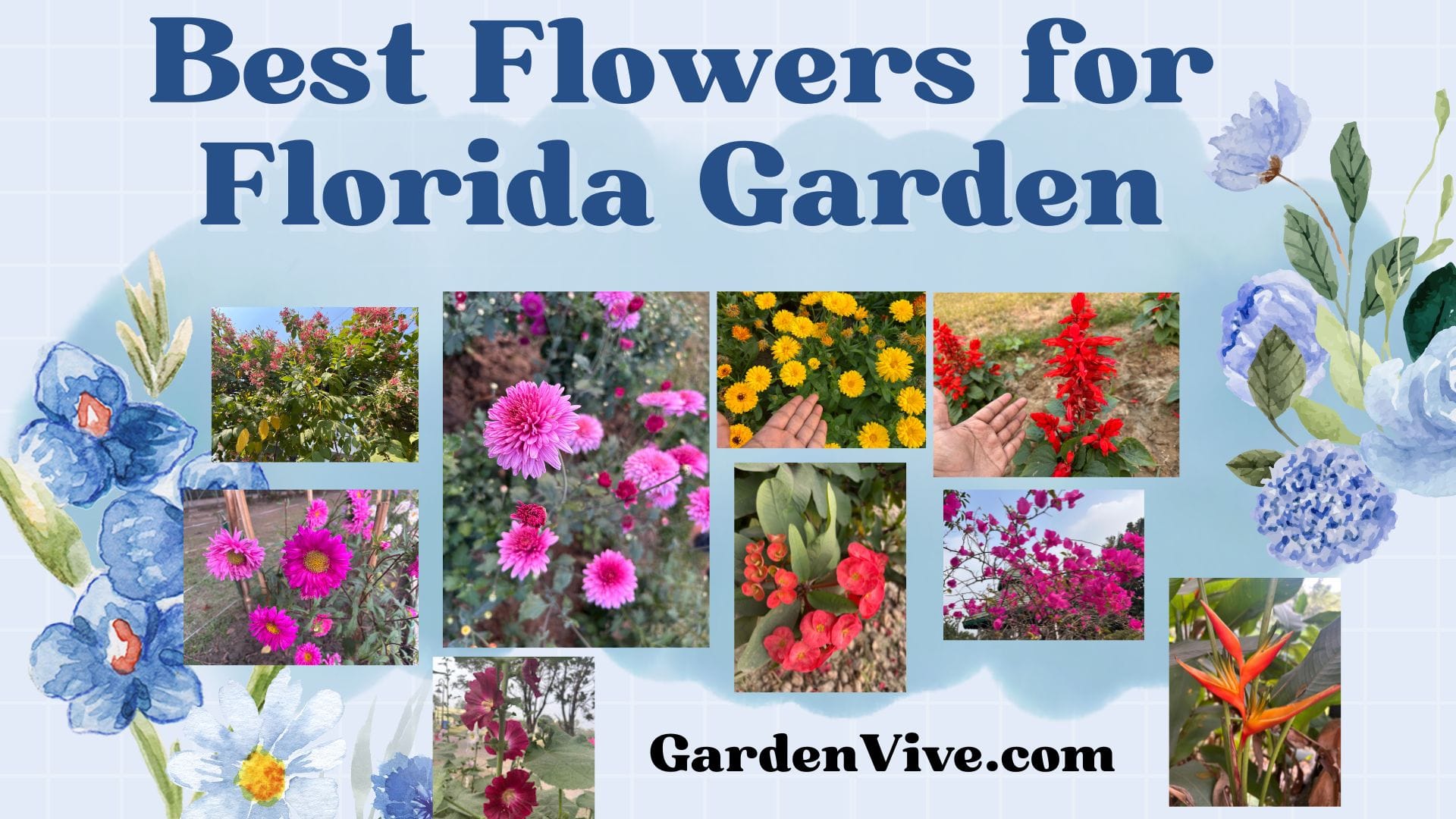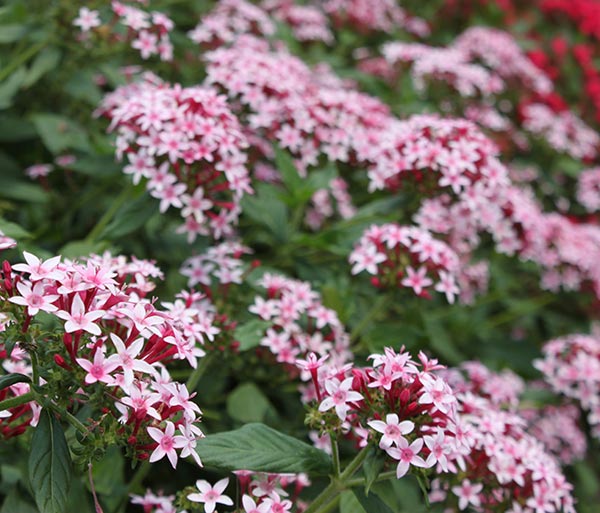As the intense Florida summer heat starts to fade, you might wonder which plants will thrive in your garden this fall. Choosing the right plants can transform your outdoor space into a vibrant, colorful haven while making the most of Florida’s unique climate.
Whether you want bright flowers, fresh vegetables, or lush greens, knowing the best plants for fall in Florida is key to a successful garden. In this guide, you’ll discover easy-to-grow options that suit Florida’s cooler fall temperatures, helping your garden flourish and bringing joy throughout the season.
Keep reading to find out how you can create a beautiful fall garden that fits your lifestyle perfectly.

Credit: costafarms.com
Fall Planting Timeline
The fall planting timeline in Florida varies by region and crop type. Planting at the right time ensures strong growth and harvest success. The state’s climate allows for both warm and cool season crops during fall. Understanding when to plant helps gardeners avoid heat stress and early cold snaps. Below is a guide to the fall planting schedule for different areas of Florida.
North And Central Florida Schedule
Start fall planting in August for North and Central Florida. Begin with seeds for crops that need transplanting later. September is ideal for warm-season vegetables and tender greens. By October, switch to cool-season crops like broccoli and lettuce. These plants thrive as temperatures cool down. Early planting helps avoid frost damage and extends the harvest season.
South Florida Schedule
South Florida stays warm longer, so wait a bit later to plant fall crops. August is good for warm-weather crops such as tomatoes and peppers. September suits beans, cucumbers, and squash well. October is best for cool-season crops but planting may continue into November. Adjust planting based on local weather and soil temperature. This approach supports healthy plant growth and yields.
Warm Vs Cool Season Crops
Warm-season crops like tomatoes and peppers prefer warmer soil and air. Plant these early in the fall before temperatures drop. Cool-season crops such as kale, broccoli, and carrots grow best in cooler conditions. Plant these later in the fall for better flavor and texture. Knowing the difference helps schedule planting for success. Choose crops that fit your region’s climate and fall weather.
Top Fall Flowers
Fall in Florida brings cooler temperatures and a perfect chance to brighten gardens with colorful flowers. Choosing the right fall flowers helps maintain a lively and fresh outdoor space. These plants thrive well in Florida’s unique climate and add vibrant colors to your garden.
Mums And Asters
Mums are classic fall flowers known for their rich colors. They bloom in yellow, orange, red, and white shades. Mums handle Florida’s mild fall weather very well. Asters complement mums with their daisy-like blossoms. Their purple and pink flowers attract butterflies. Both plants add texture and depth to any garden bed.
Pansies And Violas
Pansies and violas offer cheerful faces in cool fall weather. These flowers come in many bright colors like blue, yellow, and purple. They tolerate Florida’s fall temperatures and bloom for months. Pansies and violas work great in containers or garden borders. Their compact size fits small spaces perfectly.
Caladiums And Coleus
Caladiums bring bold, colorful leaves to fall gardens. Their heart-shaped leaves show red, pink, and white patterns. Coleus offers a wide range of leaf colors and shapes. Both plants prefer shade or partial sun areas. They add stunning foliage contrast to flower beds and patios. Caladiums and coleus are easy to grow and care for in Florida’s fall season.
Vibrant Foliage Plants
Vibrant foliage plants bring rich color and texture to fall gardens in Florida. They thrive well in the state’s warm, humid climate. These plants provide year-round interest with their bold leaves and striking patterns. Their colorful foliage can brighten any garden space during the cooler months. Choose plants that show strong fall colors to enhance your outdoor area.
Crotons And Caladiums
Crotons offer bright, multicolored leaves in shades of red, yellow, and orange. They love the warm Florida fall weather and need plenty of sunlight. These plants add a tropical feel with their glossy, variegated foliage. Caladiums display heart-shaped leaves in vibrant pinks, reds, and greens. They prefer partial shade and moist soil. Both crotons and caladiums create eye-catching displays in garden beds and containers.
Heucheras And Ferns
Heucheras, or coral bells, feature foliage in shades of purple, bronze, and lime green. They do well in Florida’s milder fall temperatures. These plants add texture and color contrast to shady spots. Ferns bring lush greenery and delicate fronds to garden spaces. Many fern varieties thrive in Florida’s humid climate and shaded areas. Combining heucheras and ferns creates a natural, vibrant look in your fall garden.

Credit: gardenvive.com
Cool-season Vegetables
Cool-season vegetables thrive in Florida’s mild fall temperatures. These plants prefer cooler weather to grow strong and healthy. Fall is perfect for growing a variety of fresh, nutritious veggies. Gardeners can enjoy a bountiful harvest with minimal pests and diseases during this season. Planting at the right time ensures vibrant leaves and crisp roots. These vegetables add color and flavor to any garden or kitchen.
Broccoli And Kale
Broccoli grows well in Florida’s cooler fall months. Choose varieties like Calabrese and Early Dividend for best results. These plants need consistent moisture and full sun. Kale is a hardy green that thrives in fall. It tolerates light frost and develops sweeter leaves in cool weather. Both broccoli and kale provide rich vitamins and antioxidants.
Lettuce And Spinach
Lettuce is easy to grow and quick to harvest. It prefers cooler temperatures and partial shade. Spinach loves the fall season in Florida. It grows fast and tastes best when young and tender. Planting these leafy greens in October gives the best yield. They are perfect for fresh salads and sandwiches.
Carrots And Radishes
Carrots develop their sweetness in the cool fall soil. They need loose, well-drained soil to grow straight and long. Radishes are among the fastest vegetables to mature. They add a peppery crunch to meals and grow well in Florida’s fall climate. Both crops are ideal for beginner gardeners and small spaces.
Heat-tolerant Fall Crops
Fall in Florida still brings warm days and plenty of sun. This climate suits heat-tolerant crops that grow well despite lingering heat. Choosing the right plants helps you enjoy a fruitful garden all season. These crops handle heat and produce well in Florida’s fall.
Tomatoes And Peppers
Tomatoes and peppers thrive in Florida’s warm fall weather. They love full sun and need well-drained soil. Plant varieties like cherry tomatoes and jalapeños for best results. Water regularly but avoid overwatering to prevent root rot. These crops can produce fruit late into the season.
Beans And Cucumbers
Beans and cucumbers grow quickly and tolerate heat well. Bush beans and pole beans both work in fall gardens. Cucumbers prefer sunny spots and steady moisture. Pick varieties like lemon cucumbers or bush beans for easier care. These vegetables add fresh, crunchy flavor to your meals.

Credit: costafarms.com
Garden Care Tips
Proper garden care helps fall plants thrive in Florida’s unique climate. It supports healthy growth and vibrant colors. Simple daily tasks can make a big difference. Focus on soil, water, and pest control for best results.
Soil Preparation
Start with testing the soil to check pH and nutrients. Florida soils often need organic matter to improve texture and drainage. Mix compost or aged manure into the soil before planting. This adds nutrients and helps retain moisture. Loosen soil to a depth of 8-12 inches for root growth. Remove weeds and debris to reduce competition. Preparing soil well sets a strong foundation for fall plants.
Watering Strategies
Water fall plants deeply but less often. This encourages roots to grow deeper. Early morning watering reduces evaporation and fungal risks. Use drip irrigation or soaker hoses to deliver water at the base. Avoid wetting leaves to prevent disease. Check soil moisture regularly; it should be damp but not soggy. Adjust watering during rainy periods to prevent overwatering. Consistent moisture helps plants stay healthy through fall.
Pest Management
Inspect plants regularly for pests like aphids, caterpillars, and spider mites. Remove pests by hand or spray with water to knock them off. Use natural predators such as ladybugs to control harmful insects. Apply organic insecticidal soap if needed. Keep garden clean of fallen leaves and debris to reduce hiding spots. Healthy plants resist pests better. Early pest control prevents damage and keeps your garden vibrant.
Design Ideas For Fall Gardens
Designing a fall garden in Florida offers a unique chance to enjoy vibrant colors and lush textures. The mild climate allows many plants to thrive, creating inviting outdoor spaces. Thoughtful design makes your garden stand out and brings seasonal charm. Here are some simple ideas to inspire your fall garden setup.
Color Combinations
Choose colors that reflect the warm, cozy feeling of fall. Orange, red, yellow, and deep purple work well together. Mix bright marigolds with purple asters to create eye-catching contrasts. Use soft greens like dusty miller to balance bold colors. These combinations add depth and interest without overwhelming the space.
Plant Arrangements
Arrange plants by height and texture for a neat look. Place taller plants like ornamental grasses or sunflowers at the back. Medium-height plants such as chrysanthemums can sit in the middle. Low-growing plants like pansies or violas work well in front. Group plants with similar water needs together for easier care.
Container Gardening
Containers offer flexibility and style in a fall garden. Use large pots for bold statements or small containers for accents. Combine plants like kale, cabbage, and ornamental peppers for vibrant fall displays. Containers can be moved to sunny or shaded areas as needed. This method suits patios, balconies, and small spaces perfectly.
Frequently Asked Questions
What Can Be Planted In The Fall In Florida?
Plant broccoli, celery, squash, strawberries, spinach, onions, lettuce, and potatoes in Florida during fall. These crops thrive in cooler temperatures.
When Should I Start My Fall Garden In Florida?
Start your fall garden in North and Central Florida in August. Plant cool-season vegetables like broccoli and lettuce in October. South Florida gardeners should begin later, focusing on warm-weather crops first, then transitioning to cool-season plants as temperatures drop.
Can You Plant Flowers In The Fall In Florida?
Yes, you can plant flowers in Florida during fall. Choose heat-tolerant blooms like marigolds and zinnias for best results.
What Is The Best Landscape Plant In The Fall?
The best fall landscape plant is the burning bush for its vibrant red foliage. Ornamental grasses and chrysanthemums also add rich autumn colors.
Conclusion
Choosing the best plants for fall in Florida helps your garden thrive. Cool-season vegetables like broccoli and lettuce grow well in October. Warm-weather crops still do great in South Florida’s mild climate. Starting your garden at the right time leads to better results.
Enjoy watching your plants grow with simple care and patience. Fall gardening in Florida offers fresh, healthy produce all season. Try these plants to make your fall garden colorful and productive. Happy planting and enjoy the beauty of your fall garden!

